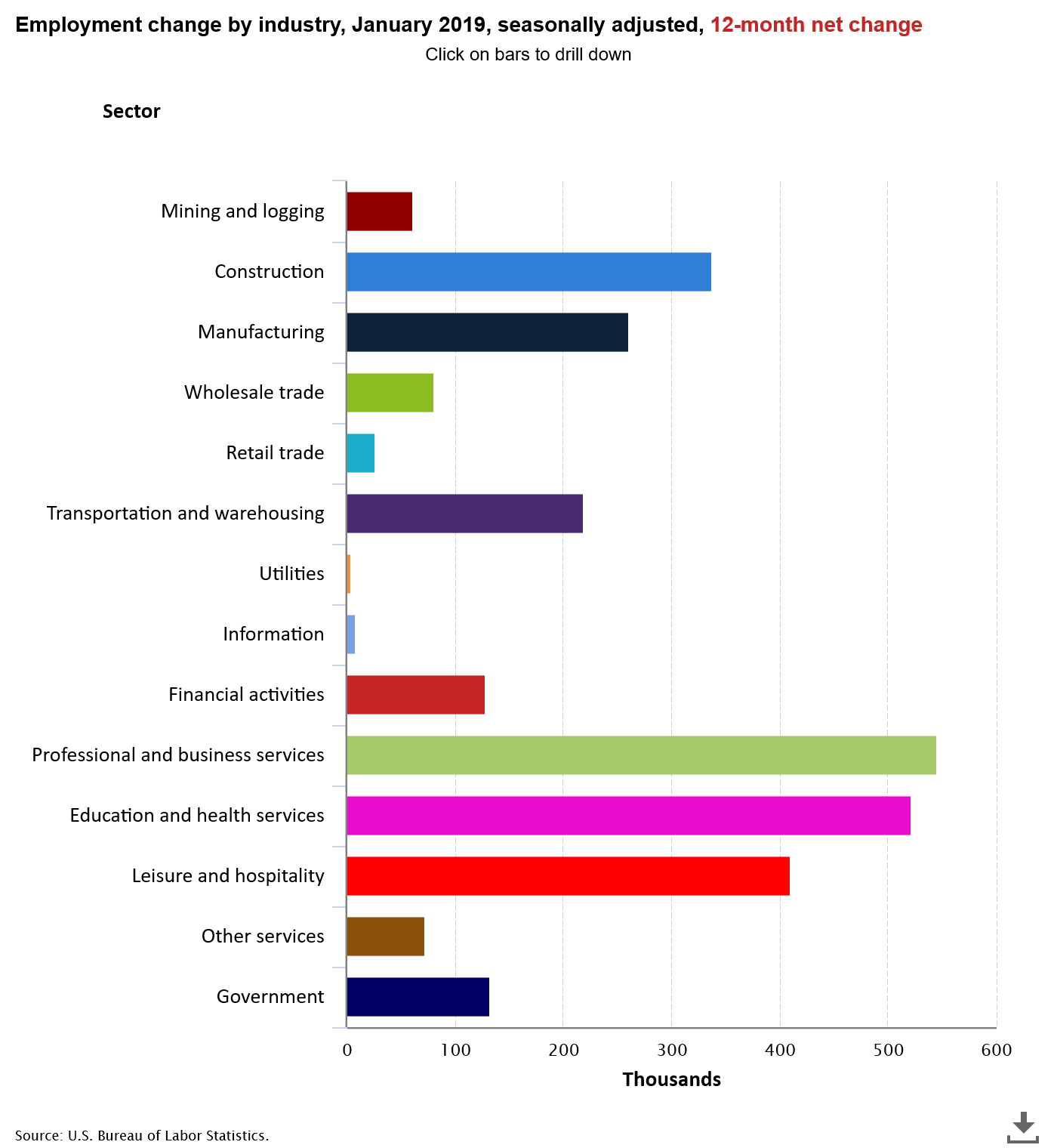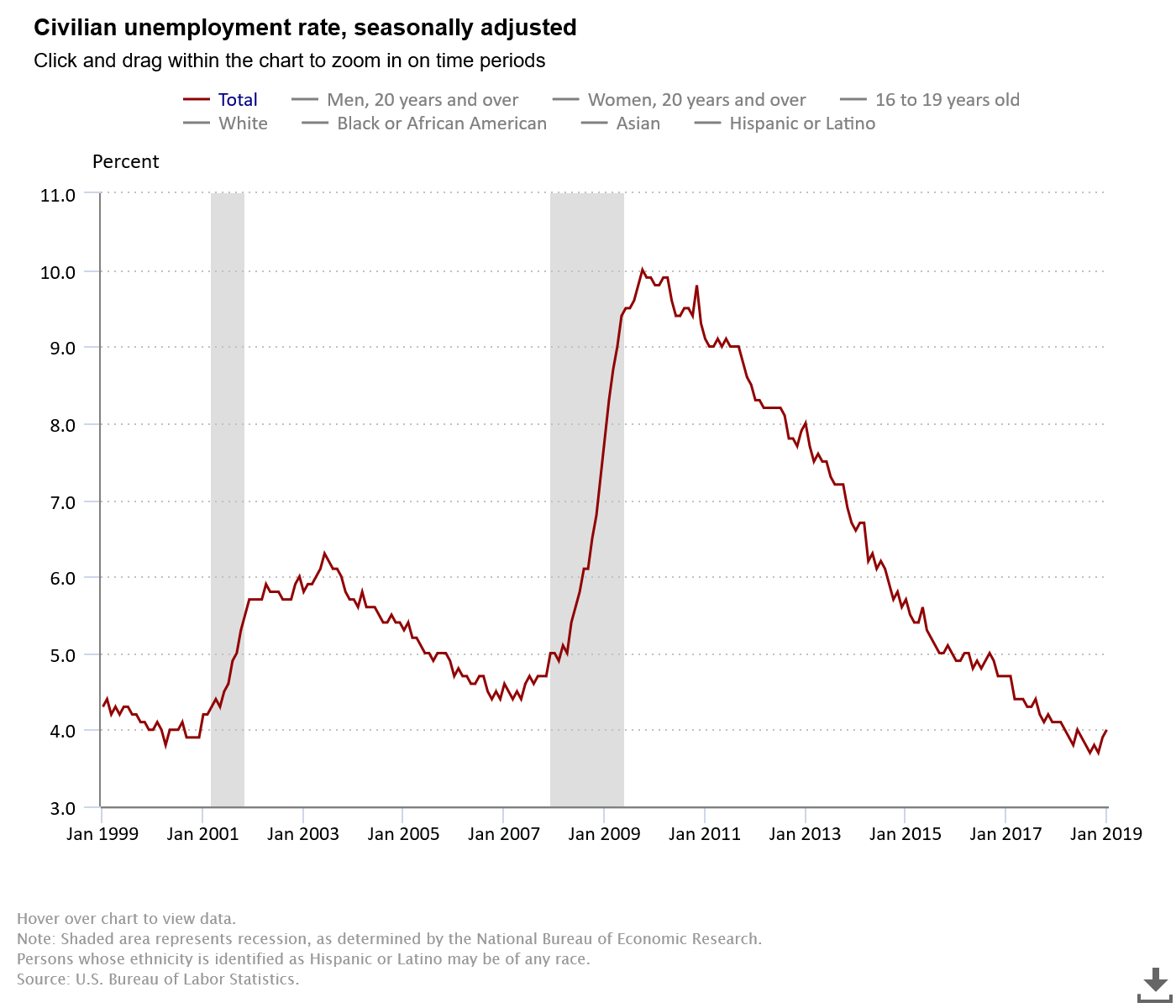Last week’s post on NIC’s data group introduced some of the teams and processes involved in collecting the most accurate and reliable data available on America’s seniors housing and care properties. This second half of the story delves into processing and reporting on the data.
A team of three full-time analysts is responsible for processing the data from the Quality Assurance team and completing quarterly reporting on it. The team also produces specialty reporting throughout each quarter, such as the Seniors Housing Actual Rates Report and the Skilled Nursing Data Report. They also support all of NIC’s presentations and webinars with accurate, current data, analysis, and visualizations.
Working in collaboration, the Quality Assurance and the Data and Analytics teams jointly execute each quarter’s data finalization process. Data and Analytics Manager Leighann Garcia explains, “The two teams bring two different perspectives to the data. In the Quality Assurance department, they tend to have a property-level expertise, while the Data team looks at it from a higher level, looking at broader trends over time and at the aggregate, rather than at individual properties. Combining those perspectives works well when we’re finalizing the data before reporting on it. From there, we produce about 45 different reports each quarter.
Research Manager Brian Connolly added that, “the delineation between the Quality Assurance team’s property-level view and the Data Team’s aggregate view is deliberate. It frees up the Data Team to view the data without any bias that might come from looking at a particular property. On the flip side, the QA team can look at the property level without any bias that comes from the aggregate. We put that in place on purpose. That’s why the partnership between the teams works so well. Both teams find important nuggets, and, as a group, we are better able to direct our data collection efforts as a result, particularly as we identify long-term trends that might need clarification. When the Analytics Team looks at the finalized data for publishing and reporting, they know it’s reviewed and as clean as possible. When they see trends, they can be confident they’re not just seeing something that was missed in the QA or data collection process.”
Connolly’s team conducts regular audits, to further ensure nothing is overlooked. “We review the entire database, auditing each market individually versus state data. We’ll go to a given state’s department of health, for example, and find all their lists and compare them to our database. That’s one way for us to proactively research each of the markets outside our normal process of data collection and make sure our database is as complete as possible.
With clean data in hand, Garcia’s team generates reports throughout every quarter. “Reports fit into one of several categories,” she explained. “The first of these is reports that go to clients who have requested a customized report. We also generate reports that get uploaded to the NIC MAP® Client Portal. Some reports are for internal use. For example, we provide our marketing department with data for their content and generate a few specialized reports for our senior leadership. We also work very closely with our Outreach Team, providing data for their webinars and presentations. We’re closest to the data, and often call out trends from the very beginning of the process.”
NIC is careful to spread out the collection of data points for each metropolitan market throughout the quarter. The way they structure their agreements with data providers – and execute their own collection processes – ensures that no metropolitan market’s data is collected within a single month, for example. All of NIC’s data collection occurs as evenly as possible throughout time and across markets.
Partnerships with leading software vendors in the space have streamlined processes by which NIC receives data. Customized reports, designed to automatically feed data to Connolly’s team, have significantly boosted efficiency, while helping to reduce human error. Because NIC either talks to or receives data from nearly every property in its database, every single quarter, accurate and efficient data collection processes are essential.
Reports are generally built in three different ways. Some are custom developed in SQL, others use the data tools in Excel, while still others are coded in a programming language called R. Using these tools, the team generates reports, some of which are complex and very time-consuming. Once generated, every report goes through a quality assurance process to be validated.
“One key role we play is subject matter expertise on our data,” added Garcia. “While we don’t advise on strategy or make predications, we can help clients if we know what they’re trying to achieve with our data. A client that’s running 14 reports manually in every one of their subscribed markets might come to client services and ask if we can save them time, for example. We’d be able to help them with a custom report.”
Looking ahead, the data group plans to expand the database to include, among other things, seniors housing financial benchmarking data. NIC’s Seniors Housing Financial Benchmarking Initiative will create a time series database that allows for consistent financial benchmarking of select property-level operational revenue and expense categories. “This will be another way our clients can benchmark their communities,” said Connolly.
Through everything they do, NIC’s data teams share a passion for accuracy. “NIC is really focused on getting the numbers right,” said Dan Raney, Director, Product Solutions & Technology. “It’s personally offensive to us if the numbers are wrong, even for a single property. I really believe that the care we invest on data accuracy at NIC is second to none.”
“And also, our transparency in the event that we have an oversight,” added Garcia. “Those things do happen. There have been errors, but we’re very forthcoming and transparent when that happens. I believe our customers appreciate that.”
New initiatives, new sources of data, and new reporting products will all be executed by NIC’s dedicated data group, on top of the considerable effort that goes into daily, weekly, and quarterly data collection, QA, analysis, and reporting output which NIC clients have come to rely on, year after year.




